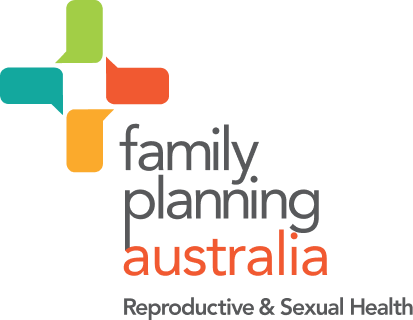Female fertility (or fecundity) is a woman’s reproductive capacity, the ability to conceive and bear a child. In normal circumstances a woman is at their most fertile in youth and their fertility declines with age. Fertility appears to decline from the late 20s onwards, with women aged 35-39 years being half as fertile as women aged 19-26 years. Around 75 per cent of women who attempt conception at age 30 will have become pregnant and had a live birth within a year, 66 per cent at age 35 and 44 per cent at age 40.
...
Buy now
1.
Baird D, Collins J, Egozcue J, Evers LH, Gianaroli L, Leridon H, et al. Fertility and ageing. Human Reproduction Update 2005;11(3):261-76.
Close
3.
Department of Health and Social Care. Expert Group on Commissioning NHS Infertility Provision – Regulated Fertility Services: A Commissioning Aid. [Internet]. United Kingdom Government; 2009 [updated 2009 June 18].
Close
4.
Poppe K, Velkeniers B, Glinoert D. Thyroid disease and female reproduction Clinical Endocrinology 2007;66(3):309-21.
Close
5.
Vil aL, Velasco I, González S, Morales F, Sánchez E, Torrejón S, et al. Controversies in endocrinology: On the need for universal thyroid screening in pregnant women. European Journal of Endocrinology 2013;170(1):R17-30.
Close
6.
van den Boogaard E, Vissenberg R, Land JA, van Wely M, van der Post JA, Goddijn M, Bisschop PH. Significance of (sub)clinical thyroid dysfunction and thyroid autoimmunity before conception and in early pregnancy: a systematic review. Human Reproduction Update. 2011;17(5):605-19.
Close
7.
Pilsgaard F, Grynneru A, Lossl K, Bungum L, Pinborg A. The use of anti-Mullerian hormone for controlled ovarian stimulation in assisted reproductive technology, fertility assessment and -counselling. AOGS. 2018;97:1105-13.
Close
8.
Tal R, Seifer DB, Wantman E, Baker V, Tal O. Antimullerian hormone as a predictor of live birth following assisted reproduction: an analysis of 85,062 fresh and thawed cycles from the Society for Assisted Reproductive Technology Clinic Outcome Reporting System database for 2012-2013. Fertil Steril. 2018;109(2).
Close
9.
Ra Oh S, Yi Choe S, Jean Cho Y. Clinical application of serum anti-Mullerian hormone in women. Clin Exp Reprod Med. 2019;46(2):50-9.
Close
10.
Tremellen K, Savulescu J. Ovarian reserve screening: a scientific and ethical analysis. Human Reproduction. 2014;29(12):2606-14.
Close
11.
Brezina P, Haberl E, Wallach W. At home testing: optimizing management for the infertility physician. Fertil Steril 2011;95(6):1867-78.
Close
12.
Devroey P, Fauser BC, Diedrich K, Evian Annual Reproduction (EVAR) Workshop Group Approaches to improve the diagnosis and management of infertility. Human Reproduction Update. 2009;15(4):391-408.
Close
14.
Royal Australian College of General Practitioners (RACGP). Guidelines for preventive activities in general practice [internet]. 8th Melbourne: RACGP; 2012.
Close
17.
Wang R, Kim BV, Wely M, Johnson NP, Costello MF, Zhang H, et al. Treatment strategies for women with WHO group II anovulation: systematic review and network meta-analysis. BMJ. 2017;356(j138).
Close
19.
De Neubourg D, Daels C, Elseviers M, Mangelschots K, Vercruyssen M, Van Royen E. Cumulative live-birth delivery after IVF/ICSI since the progressive introduction of single-embryo transfer. Reprod BioMed Online. 2010;20(6):836-42.
Close
20.
Practice Committee of the American Society for Reproductive Medicine, Practice Committee of the Society for Assisted Reproductive Technology. Mature oocyte cryopreservation: a guideline. Fertil Steril. 2013;99(1):37-43.
Close
22.
Assisted Reproductive Technology Act 2007 (NSW) s 69.
Close
23.
Victorian Assisted Reproductive Treatment Authority (VARTA). [Internet]. Available from: http://www.varta.org.au/.
Close
24.
Surrogacy Act 2010 (NSW) s 102.
Close
